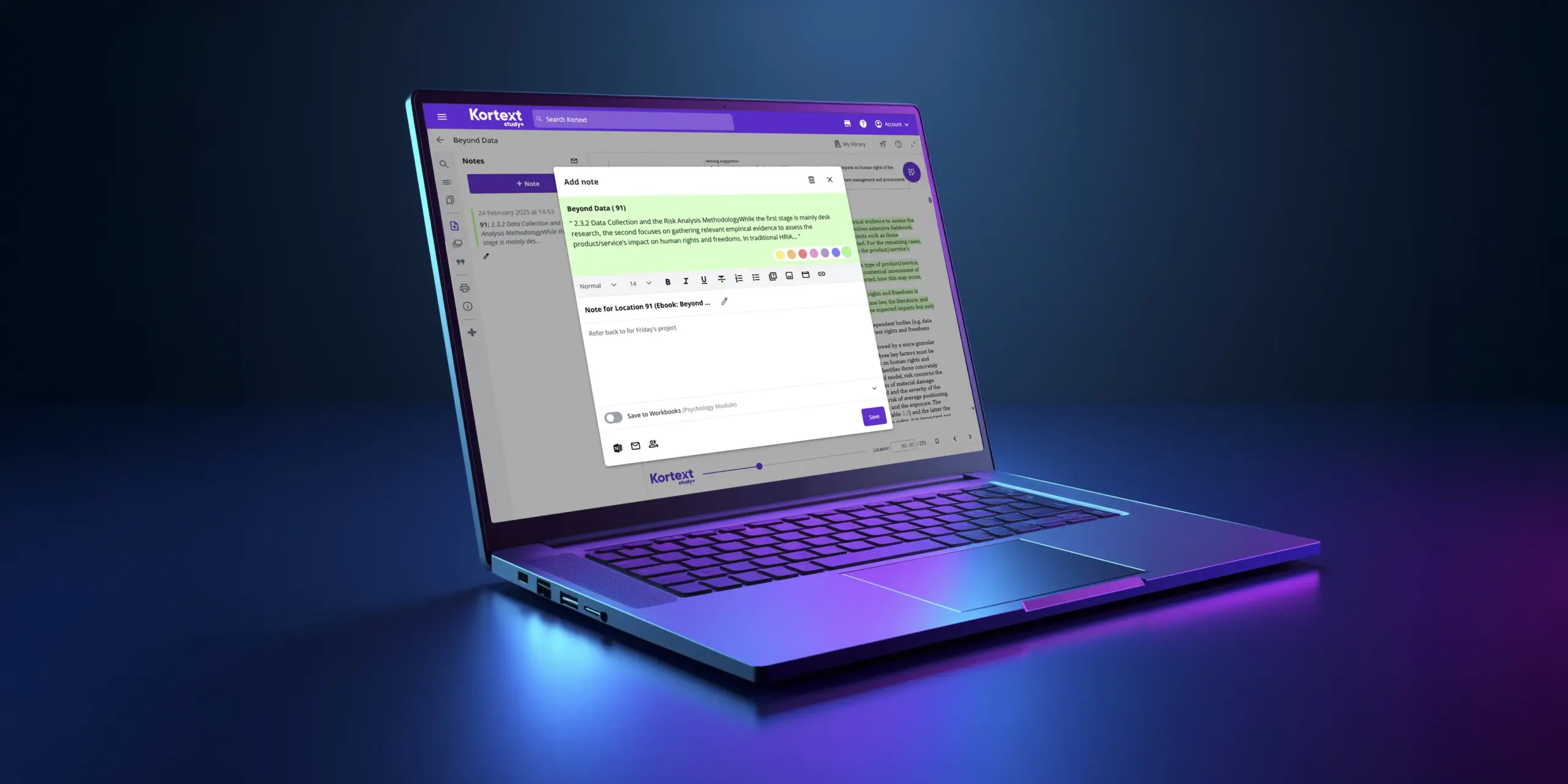We won’t call it a New Year’s resolution because statistically 64% of people abandon their resolutions within a month which leaves them to meander through the year aimlessly.
Without goals to achieve, what do you look back on and tick off at the end of the year?
Setting goals can be daunting because there is always the fear of failure, but our failures allow us to learn and grow.
If you find you haven’t achieved your goals, by the end of the academic year, remember to use your learnings from the previous semester to power you through.
Setting goals
So, let’s set some goals. As we’re in the higher education sector, we will look at setting goals from a pedagogical standpoint which you’ll be able to carry with you at work throughout the year.
Each goal will be broken down using the SMART method (Specific, Measurable, Achievable, Relevant, Time) which breaks goals down into manageable chunks.
Goal 1 – Increased collaboration
According to the research findings of Johnson, Johnson & Smith, 2007, collaboration is proven to be a beneficial tool for teaching and learning from both a pedagogical and academic point of view.
How?
S – Increase collaboration between students
M – A specific number of sessions per semester where students must work together on a joint project for graded outcomes
A – Absolutely; by using Microsoft Teams and the Kortext app integration you have an ideal environment to facilitate collaboration.
R – Increasing collaboration is relevant because it will help students become well-rounded individuals, equipped with the necessary communication tools to go forth and be difference makers
T – By the end of the 21/22 academic year or collectively over the year of 2022
Obstacles
No idea is without its obstacles. Research shows that, according to academics, the organisation of collaborative activities and subsequent assessment of student learning can be problematic.(Chiriac & Granström, 2012; Hämäläinen & Vähäsantanen, 2011)

With Kortext, you can put your students into groups for collaborative tasks and use Kortext’s in-depth analytics dashboard to ensure that the students have all conducted the prescribed reading.
As for assessing their learning, having students present their findings in a structured format, such as an essay or presentation, can be effective and will also help you to achieve the next goal, which is to increase engagement and interaction from students.
Goal 2 – Increased engagement and interaction
In the hybrid model of teaching and learning, it is hard not to refer to the hypodermic needle theory of mass media, whereby you’re injecting valid information and ideas into a passive audience. In these circumstances, the audience is your students.
As an educator, you don’t really want passive students, you want your students to be engaged and responsive to your teaching to enable them, and yourself, to have the best possible outcomes.

To increase engagement, there are some simple things that seem obvious but may not currently be part of your teaching. The old adage goes: “You can lead a horse to water…”, so let’s lead those horses to water.
- Make sure your students know how and when they will be able to get in touch with you. Back in my uni days, I held off contacting lecturers if I knew they were going through a busy period and, as such, I struggled. Make it clear that your students can email you whenever they need to and you will get back to them as soon as you are able to.
- At the start of each session, have a thought-provoking question or topic of conversation on the board, ask them to note it down and think about it throughout the session. Then, allocate some time at the end of the session to discuss the topic. Randomly select some students to speak on the topic using a random name generator. This will encourage your students to remain alert during the lecture and hopefully help increase their confidence to speak in class.
- As mentioned with the last goal, you can utilise Kortext’s analytics dashboard to check your students are engaged with their prescribed reading. If they are not, you’ll be able to spot the trend, or lack of, and take action to increase engagement.
S – Increase engagement
M – Ensure 50% student participation during discussions and 100% engagement with texts prescribed
A – Absolutely
R – Definitely, student engagement and outcomes are closely intertwined and there is a strong and positive correlation between students who are more engaged and greater achievement
T – End of the 21/22 academic year or 2022
Goal 3 – Increase motivation
When it comes to motivation, we immediately think about motivating the student, but what if it’s you that needs a boost?

If you are teaching the same course and modules concurrently, there’s a strong chance that the magic and motivation has become lost in the repetition of teaching, so before you can motivate others, motivate yourself.
Set yourself a challenge to update the case studies referenced, use new pieces of media or set essay questions with different reference points so that all of the essays you review can provide you with different perspectives and help renew your mindset.
All it takes is one small change to make a big difference – this could even be teaching from a new textbook. To do so, log in to Kortext to order an inspection copy.
If you are feeling motivated or you’ve completed the step above, let’s look at motivating students.
First of all, ask yourself: “Why are these students at this university, doing this specific course?”
We tend to think that students are at university because they want to expand their knowledge and horizons for the future and, therefore, that would be enough for them to be motivated to attend and participate in their lectures – but sadly this is not the case for all students.
There are several things that you can do to motivate students.
First of all, just ask them.
Ask them what motivated them to choose their course and your module, what is it that they want to achieve, and ask them how they prefer to learn.
You will end up with many different answers and you won’t be able to cater to every need, but you will have an idea of their motives and understand what they will be receptive to.
Motivation can also be encouraged by making learning active; knowing their motives, you can design discussion questions and in-class activities to cater to their needs and keep the spark alive.
As Confucius said: “Tell me and I’ll forget; show me and I may remember; but directly involve me, and I’ll make it my own” (Kegan & Lahey, 2000).
“I’m sorry, but I don’t have time for that.”
No worries, there’s always an alternative.
Gamification
One of the ways that students can be motivated is through gamification. Whilst the student demographic varies from institution to institution, over 37 % of first year students in the UK are 18, meaning they’ve been exposed to learning platforms in their younger years such as Mathletics, Sam Learning and MyMaths.
In their younger years, their teachers would set them tasks on these platforms and they were encouraged to complete them within a certain timeframe, achieve the highest score and repeat them until they moved up the scoreboard.
“Okay, but they’re young adults, they can’t use these platforms now, so how is this relevant?”
Whilst they may not be able to use the platforms mentioned, they can use Kortext, with an increasing number of ePub textbooks including elements of gamification.
With Kortext’s analytics dashboards, you can review the data to see who spent the longest reading, who made the most notes and whose curiosity went beyond the chapter you asked them to read.
Similarly, curiosity should inspire motivation from students. If your providing students with the kindling and a question, this should be enough to fire up their curiosity and use their research skills to find the answers.
S – Motivate students
M – Increase the number of students attending lectures and completing tasks
A – Absolutely
R – Yes. Motivation can increase engagement and improve student outcomes in the same way motivated employees are more engaged and productive
T – End of the module
We hope that this blog will help to inspire you to set some new goals – let us know how you get on!
Happy New Year!






